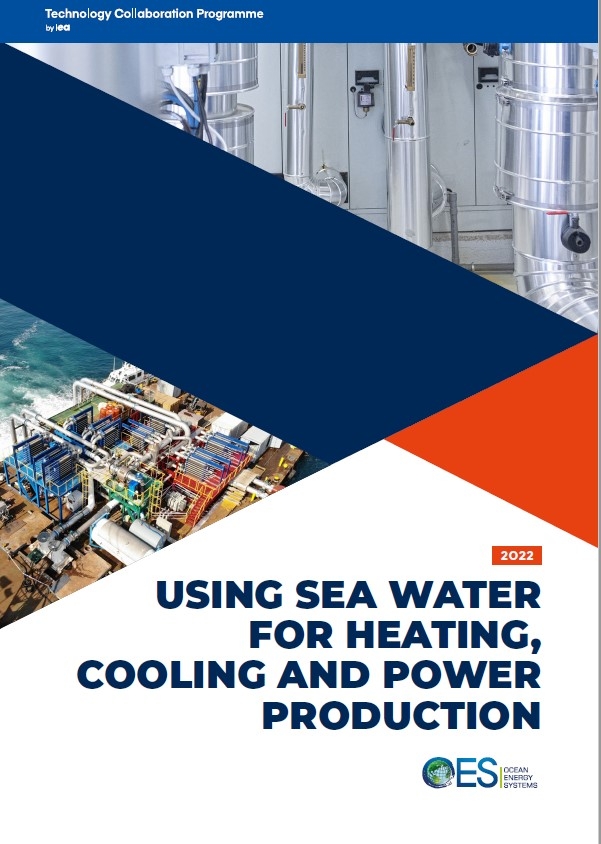Flagship Projects
Posted 2022-07-29 in News
The IEA-OES has published six interviews which give a flavour of successful projects in different parts of the world taking advantage of the temperature of the ocean for heating, cooling and power production.

These interviews focus on Ocean Thermal Energy Conversion (OTEC) demonstration plants, Sea Water Air Conditioning (SWAC) and Sea Water Heat Pump (SWHP) systems, sharing experiences, challenges, and lessons learned:
- Okinawa OTEC Demonstration Facility by Benjamin Martin, Project Manager at Xenesys
- Makai Ocean Engineering's OTEC power plant in Hawaii by Hermann Kugeler, Vice President of Business Development at Makai Ocean Engineering
- 1 MW OTEC power plant developed by KRISO for installation at the Republic of Kiribati by Dr. Hyeon-Ju Kim, Principal Researcher at KRISO
- SWAC project of the French Polynesian Hospital in Tahiti, by Cathy Tang, Project Manager at SDE- Energy Service of French Polynesia
- Seawater heat pump system in Monaco by Pierre Bardy, Director at SMEG, Monaco
- Thassalia power station on France’s southern coast by Patrick Berardi, General Director of Thassalia, at ENGIE Solutions France.
How much public and private funding has been granted to develop these projects? its economic feasibility? which most critical risks have been encountered and how could they be overcome? Difficulties faced on O&M challenges? these and more questions are responded by the interviewees.
These flagship projects show promising prospects for the development of OTEC, as well as advantages of using sea water as a renewable source for innovative and environmentally friendly air conditioning and heating systems, which allows energy saving and lower CO2 emissions.
Commenting on these projects,
Yann-Hervé De Roeck, Chairman of the IEA-OES said “
With growing cities on the shore worldwide and the huge thermodynamical asset of seawater temperature to damp the global warming, now is the time to gather the first feedback from the quasi-direct use of this enormous potential: from air conditioning and heat networks to electricity generation. Our interviewees gave convincing answers that should inspire our decision makers and encourage developers”.
Click here to read the interviews


